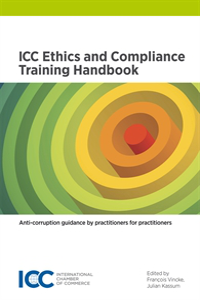This policy statement will illustrate how ICT is equipping populations with tools to relieve poverty, access education, provide healthcare and reduce CO2 emissions. To sustain opportunities in the long run and ensure efforts are impactful across geographies and cultures, the statement explains how the ICT ecosystem works and the contributions business and other relevant stakeholders bring to policy-making efforts.
 SDGs diagram
SDGs diagram
The diagram here presents an overview of the components needed to leverage ICT for sustainable economic development and their inter-relationship. This diagram will be used throughout this policy statement to underscore the ways in which policy choices within and across each of these components can impact the potential of ICT to be leveraged for societal benefit.
At the centre, the infrastructure, applications and services, and user engagement layers make up the ICT ecosystem. These highlight the foundational role of ICT and how the different ICT functions are built on top of each other to deliver value to users.
The multi-coloured ring represents the different policy issues (economic, technical, social/ cultural, governance) that arise through the use and development of ICT. These policy issues can be overlapping and need the experience and expertise of relevant stakeholders: business, civil society, technical community and government to be addressed effectively.
The ring around the policy issues represents the stakeholder groups that should collaborate to address evolving policy issues at hand.
The outer layer represents sustainable economic development opportunity, and as the diagram suggests, this is dependent on the intrinsic layers: involvement of all relevant stakeholders in policy-making and an interoperable, open, seamless and secure ICT ecosystem where the user engagement, application and services, and infrastructure lie at the core.
To provide further context on each of the layers and how the components work together, the following sections will present each component in greater detail alongside examples drawn from specific SDGs. In the final section, the ecosystem will be revisited in full to present how ICT can be leveraged.







